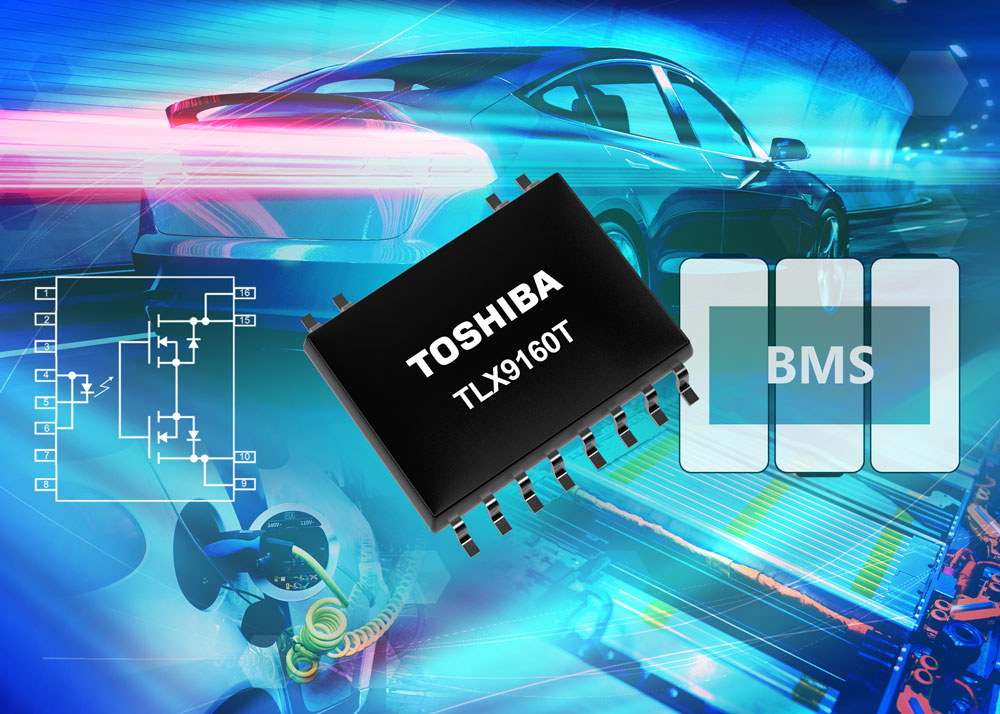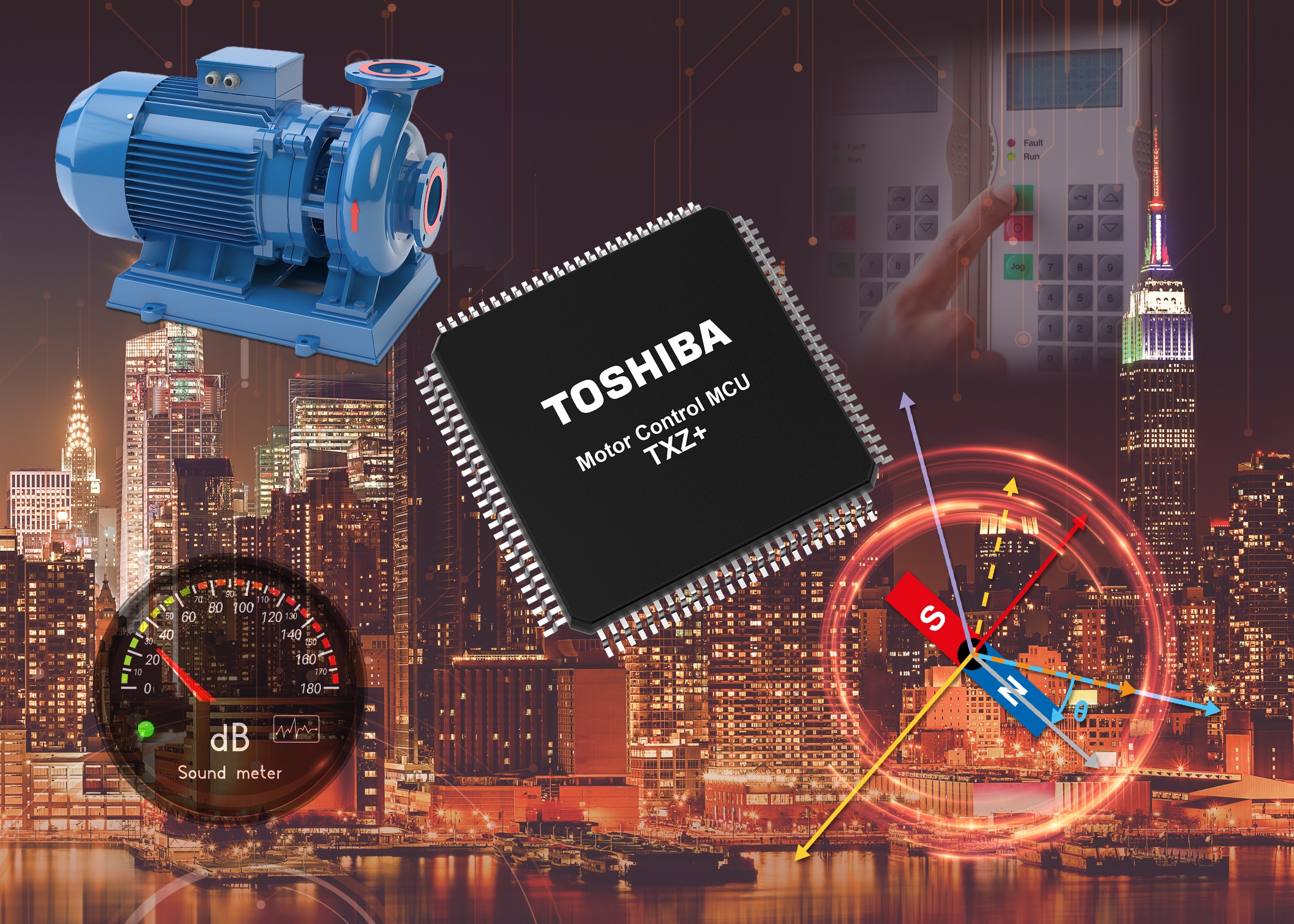- General Top
- SEMICONDUCTOR
- STORAGE
- COMPANY
-
My ToshibaSemicon
- Semiconductor Top
-
ApplicationsAutomotive
Body Electronics
xEV
In-Vehicle Infotainment
Advanced Driver-Assistance Systems (ADAS)
Chassis
IndustrialInfrastructure
BEMS/HEMS
Factory Automation
Commercial Equipment
Consumer/PersonalIoT Equipment
Healthcare
Wearable Device
Mobile
Computer Peripherals
-
ProductsAutomotive Devices
Discrete Semiconductor
Diodes
Transistors
Logic ICs
Analog Devices
Digital Devices
Wireless Devices
※
: Products list (parametric search)
Power SemiconductorsSiC Power Devices
※
: Products list (parametric search)
Isolators/Solid State RelaysPhotocouplers
Digital Isolators
Solid State Relays
Fiber Optic Transmitting Modules
※
: Products list (parametric search)
MOSFETsIGBTs/IEGTsBipolar Transistors※
: Products list (parametric search)
Diodes※
: Products list (parametric search)
MicrocontrollersMotor Driver ICsIntelligent Power ICs※
: Products list (parametric search)
Power Management ICsLinear ICs※
: Products list (parametric search)
General Purpose Logic ICsLinear Image SensorsOther Product ICsOther Product ICs
※
: Products list (parametric search)
-
Design & Development
Design & Development
Innovation Centre
At the Toshiba Innovation Centre we constantly strive to inspire you with our technologies and solutions. Discover how to place us at the heart of your innovations.
-
Knowledge
Knowledge
Highlighted Topics
Further Materials
Other
- Where To Buy
- Part Number & Keyword Search
- Cross Reference Search
- Parametric Search
- Stock Check & Purchase
This webpage doesn't work with Internet Explorer. Please use the latest version of Google Chrome, Microsoft Edge, Mozilla Firefox or Safari.
require 3 characters or more. Search for multiple part numbers fromhere.
The information presented in this cross reference is based on TOSHIBA's selection criteria and should be treated as a suggestion only. Please carefully review the latest versions of all relevant information on the TOSHIBA products, including without limitation data sheets and validate all operating parameters of the TOSHIBA products to ensure that the suggested TOSHIBA products are truly compatible with your design and application.Please note that this cross reference is based on TOSHIBA's estimate of compatibility with other manufacturers' products, based on other manufacturers' published data, at the time the data was collected.TOSHIBA is not responsible for any incorrect or incomplete information. Information is subject to change at any time without notice.
require 3 characters or more.
Photorelays support mechanical relays in EV BMS applications

Mechanical relays are often a good choice for EV applications as they are able to deal with the high voltages that are found in many use cases. However, one significant concern is if the contacts weld themselves together, risking a permanently ‘on’ condition that could clearly be extremely dangerous.
Although lower capacity, semiconductor-based relays (such as photorelays) are solid state and, therefore, cannot stick – significantly enhancing safety. They are also more flexible, allowing use in more applications.
Photorelays are simple devices, the primary side contains a light emitter (typically an infrared LED), which illuminates when a voltage is applied, causing a current to flow. On the secondary side is a light receiver (often a photodiode array) that detects the light from the emitter and switches the output MOSFETs.
Although photorelays have limited load-switching capacity compared their electro-mechanical counterparts, they have many valuable features that designers should be familiar with. As they are solid-state, there can be no physical wear thereby extending the lifetime and ensuring reliable operation. Ultimately, this also reduces cost as photorelays do not need to be replaced as part of a preventative maintenance schedule, while mechanical relays often require replacement. Photorelays are generally more compact than mechanical relays which is a significant benefit in space-constrained EV applications, and this reduces weight – another useful benefit.
In EV’s, the battery voltage is moving from 400V to 800V to improve efficiency, reduce size and speed up recharging. This means that photorelays must be able to withstand these voltages to be valuable in modern EV applications, requiring photorelay designers to enhance designs.
With these higher voltages present, safety mechanisms must be provided to prevent the voltages from harming vehicle occupants. Photorelays with enhanced voltage performance are suitable for detecting ground faults, which is a valuable protection as it safeguards against the risk of electric shocks through ground faults . It also detects short circuits that could deplete the battery, or even result in a fire.
Monitoring and managing the battery is another important function and this is usually done at the cell level via the battery management system (BMS) by monitoring the voltage. Mechanical relays are not suitable, due to their open/close contact limitations and relatively slow switching speeds. Additionally, if voltage monitoring is to be accurate, then the absolute minimum amount of current should be drawn, meaning that a photorelay is the best choice.
Toshiba has published a white paper on high voltage photorelays in automotive applications – to download your free copy, please click here:






